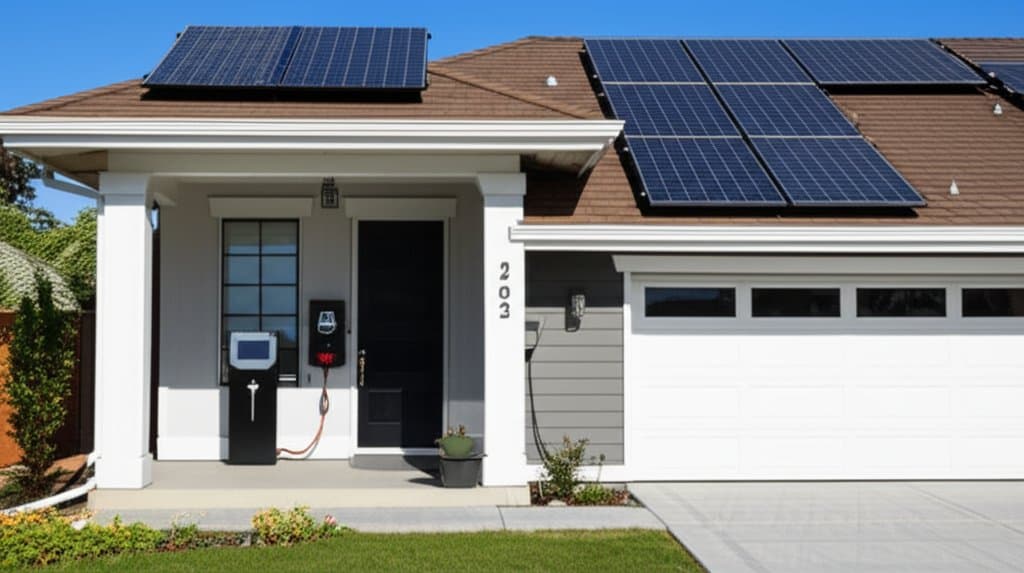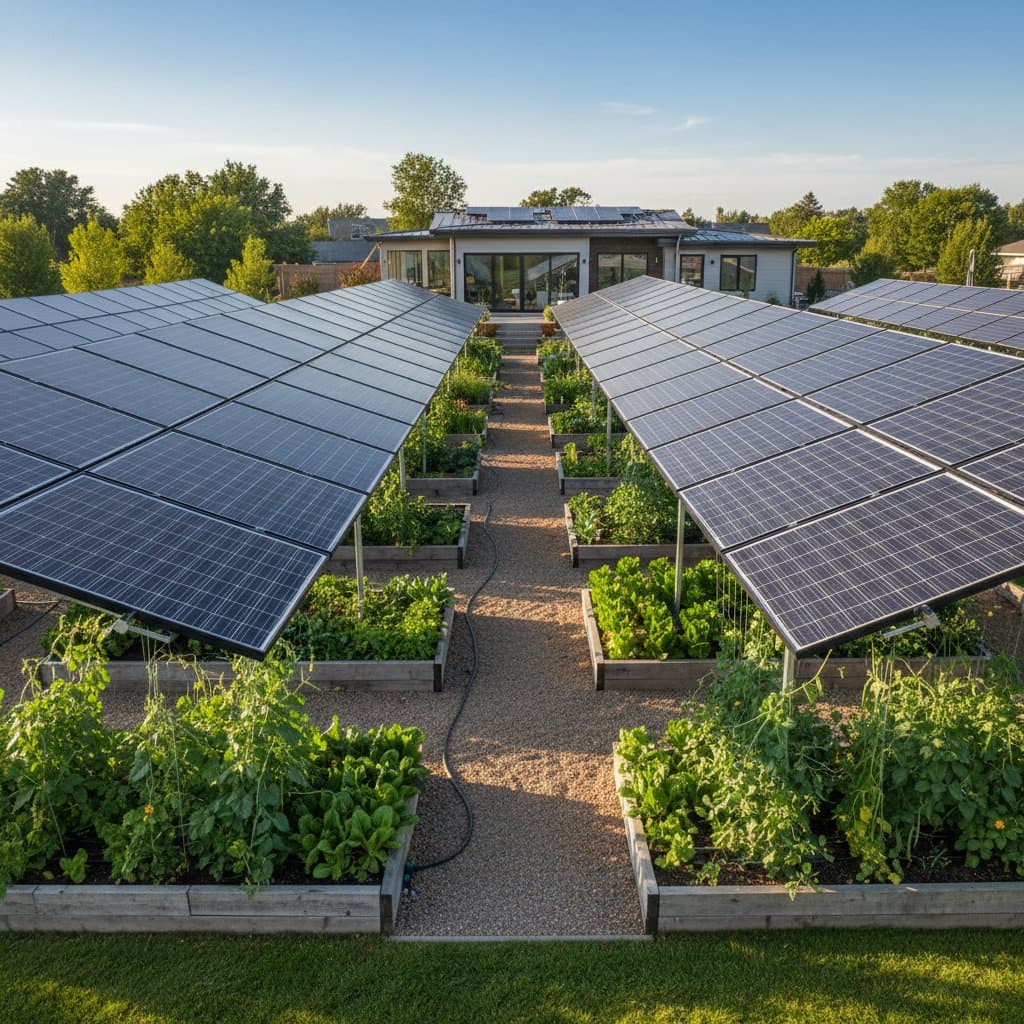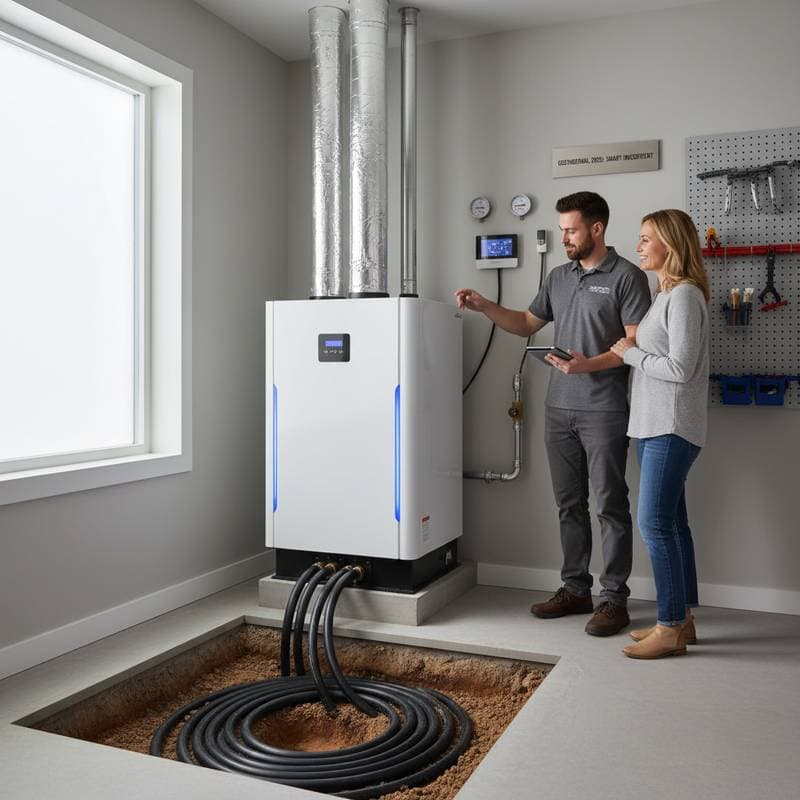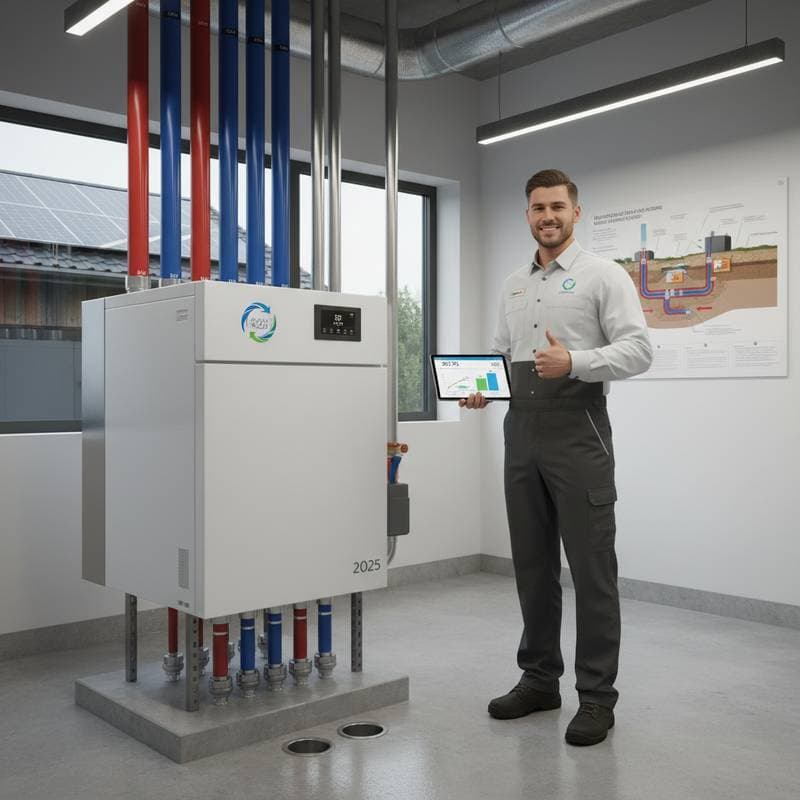Harnessing Energy at Home: The Promise of Algae Biofuel Systems
Algae biofuel systems present a fascinating opportunity for homeowners to cultivate their own renewable energy. By transforming sunlight and water into fuel, fertilizer, and other valuable byproducts, these systems offer a path toward sustainability and independence. However, the journey is not without hurdles, as costs, maintenance, and technical demands can challenge even the most committed individuals. This article explores the potential of algae as a home energy solution, breaking down its benefits, barriers, and practical steps for implementation.
Why Algae Outshines Other Renewable Options
Algae stands apart from traditional biofuel crops like corn or soybeans due to its unique ability to thrive in environments unsuitable for conventional agriculture. It can grow in brackish water or even wastewater, eliminating the need for fertile land and reducing competition with food production. This adaptability makes algae a sustainable choice for fuel generation, particularly in regions with limited arable resources.
The benefits extend far beyond land use. Algae boasts an impressive yield, producing up to 30 times more oil per acre than other biofuel sources. Its rapid growth cycle allows biomass to double in as little as 24 hours under optimal conditions. Additionally, algae absorbs carbon dioxide during photosynthesis, partially offsetting emissions when the fuel is burned. Homeowners also gain from multiple outputs, as algae can be processed into biodiesel, protein-rich animal feed, organic fertilizer, and specialty chemicals, adding layers of value to a single system.
Financial Realities: Costs and Potential Returns
Upfront Investment
For many, the initial cost of an algae biofuel system is a significant barrier. Entry-level setups, often designed for experimental or small-scale use, range from $2,000 to $5,000. These systems might produce enough fuel to power a small generator or supplement home heating. Mid-tier options, priced between $10,000 and $20,000, can support partial vehicle fuel needs or backup power for a household. For those considering a shared approach, community-scale systems start at $50,000, offering greater efficiency through collective investment.
Long-Term Value
Returns depend on local energy prices, personal fuel consumption, and system performance. Small-scale production often results in biodiesel costs of $3 to $7 per gallon, though optimization can bring this closer to conventional fuel prices. Byproducts like fertilizer or feed can offset expenses, enhancing overall financial viability. Homeowners in high-energy-cost areas or those with consistent fuel needs stand to benefit most from these savings over time.
Navigating the Challenges of Home Algae Systems
While the potential is clear, practical obstacles often deter widespread adoption. Managing an algae system demands attention to detail, as factors like light exposure, temperature, and nutrient levels must be carefully balanced to ensure growth. Regular maintenance of equipment, such as cleaning pumps and filters, adds to the workload. Small-scale setups also struggle to match the efficiency of commercial operations, limiting output and cost-effectiveness.
Regulatory hurdles can further complicate matters. Local laws may impose restrictions on fuel processing or waste disposal, requiring permits or inspections. For many homeowners, overcoming these technical and legal challenges necessitates external support, whether through professional services or community partnerships.
Practical Steps to Start Growing Your Energy
Embarking on an algae biofuel journey requires careful planning and realistic expectations. Begin by evaluating your energy needs and available space, as systems can range from compact garage setups to larger outdoor installations resembling small gardens. Research suppliers who provide customizable solutions tailored to your goals, whether educational, supplemental, or aimed at full energy independence.
If budget constraints are a concern, start with a modest kit to build experience and confidence. For those with access to resources and a supportive network, consider joining or forming a cooperative to invest in a larger, more efficient system. Focus on gradual learning, prioritizing knowledge over immediate large-scale production. Connecting with local experts or online communities can also provide valuable guidance and troubleshooting support.
Addressing Common Concerns About Algae Biofuel
Can a Home System Meet All My Energy Needs?
For most households, a single algae system will not fully replace traditional energy sources. Instead, it serves as a supplement, reducing costs and offering resilience during power outages or fuel shortages.
What Space Requirements Should I Anticipate?
Small systems can operate in confined areas like a garage or greenhouse, while more ambitious setups may need outdoor space akin to a modest garden plot.
Is Home Fuel Processing Safe?
With proper equipment and adherence to safety guidelines, processing fuel at home is feasible. Be aware that some regions mandate permits or inspections to ensure compliance with local standards.
Building a Sustainable Future with Algae
Adopting algae biofuel systems at home represents a bold step toward energy self-reliance and environmental stewardship. While the path involves financial and technical challenges, the rewards of reduced carbon footprints, diversified outputs, and long-term savings hold immense appeal. Start small, seek support when needed, and view each step as an investment in a greener, more resilient lifestyle. By experimenting with algae, homeowners can contribute to a broader movement of sustainable innovation, paving the way for future advancements in renewable energy.










